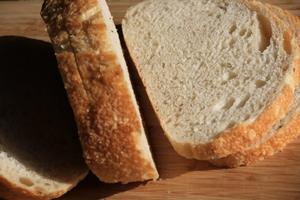Your little ones love sugary cookies, while you just can’t resist a savory snack every now and then. If you’re looking for healthier snacks for the whole family that still tasty and satisfying, these tips from the NIH can help you find them.
- Create healthier versions of your favorite snacks. Instead of your usual cheese and crackers, substitute low-fat cheese and whole-grain crackers. Instead of buttery, salty movie theater popcorn, make some fat-free or low-fat popcorn.
- Make healthier dessert choices. Instead of your usual homemade milkshake, blend a banana, ice and low-fat chocolate milk for a chocolate smoothie that’s still delicious.
- Choose smarter condiments. Sauces and other toppings can add fat and empty calories to an otherwise healthy snack. Instead of cheese, choose salsa, and instead of regular ranch dressing opt for a fat-free variety.


![By U.S. Navy photo by Mass Communication Specialist 3rd Class Charles Oki [Public domain], via Wikimedia Commons](http://www.respage.com/cms/img/2172.jpg)







 Equal Housing Opportunity
Equal Housing Opportunity